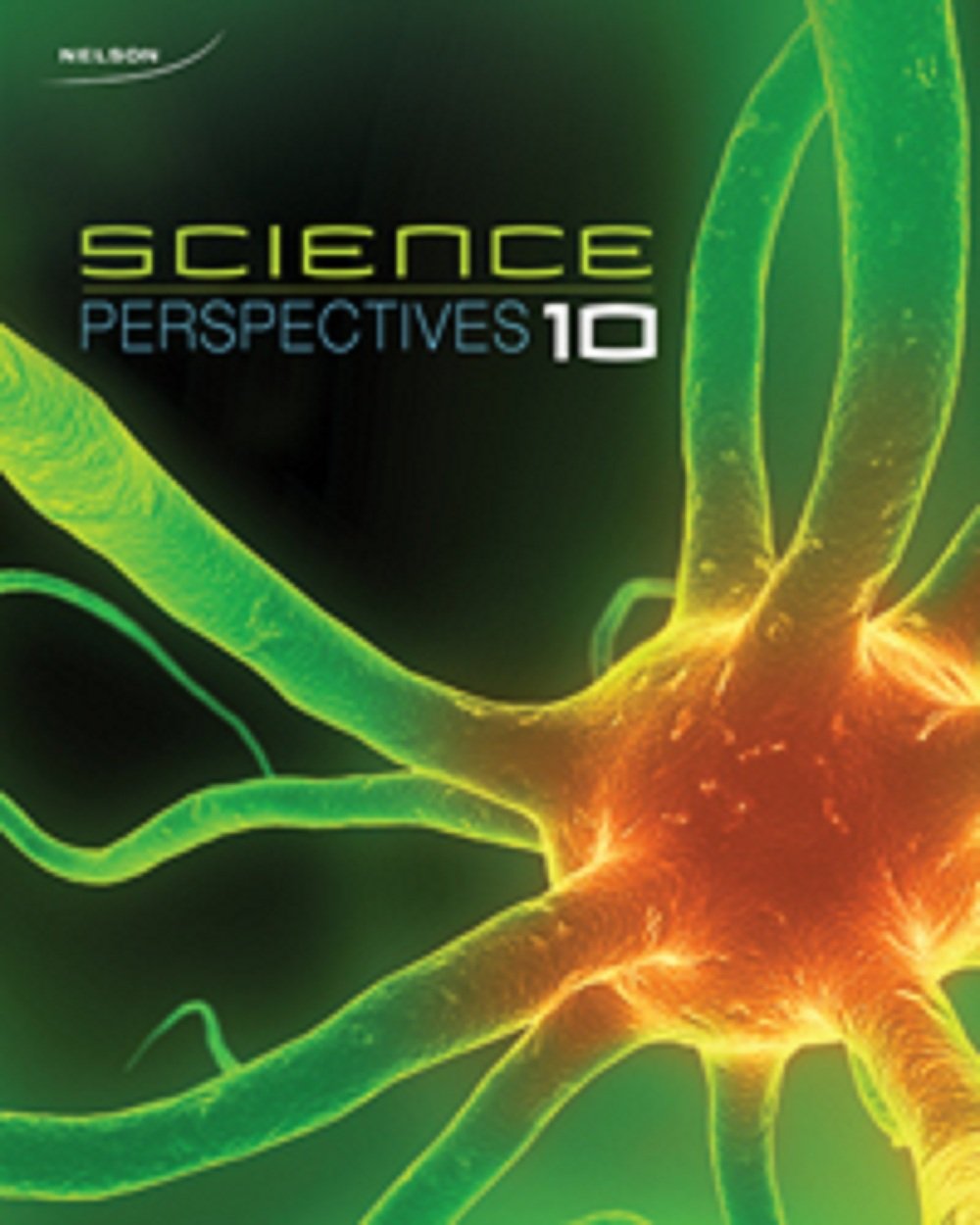
Nelson Science Perspectives 10
1st Edition
ISBN: 9780176355289
Textbook solutions
All Solutions
Section 4-6: Plant Growth
Exercise 1
Step 1
1 of 3
Growth is plants is different from growth in animals as cell division for growth in plants occur is localized areas and not throughout the body of the plant as in the case of animals.
Step 2
2 of 3
Most plants continue to grow throughout their lifetimes starting from a seed and growing to become tall, shady trees unlike animals whose growth in size ceases after reaching a certain maximum size of the specie.
Result
3 of 3
Plants continue to grow throughout their lifetime and their growth is in localized areas.
Exercise 2
Step 1
1 of 4
Mertistems in plants is of two types: Apical meristem and lateral meristem.
Step 2
2 of 4
Apical meristems governs the growth in plants in terms of height. In this growth, cells first divide and then go through a phase of elongation followed by maturation for their specific roles in the plant. This growth also governs the growth of leaves, flowers and fruits of the plant.
Step 3
3 of 4
Lateral meristems governs the growth in plants in terms of the diameter and hence the width of the plant. In this growth, new xylem and phloem vessels are formed increasing the diameter of the tree. It is for this reason that the age of a tree can be approximated by counting the number of rings in the diameter of the cross-section of its trunk. The rings are actually old xylem vessels.
Result
4 of 4
Mertistems in plants is of two types: Apical meristem and Lateral meristem.
Exercise 3
Result
1 of 1
Apical meristem in plants promote cell elongation in plants after cell division. As cells elongate in length, they lead to increase in length of the roots and height of the stem.
Exercise 4
Result
1 of 1
Inner lateral metistems in plants grow the new xylem and phloem tissues in woody plants. The cylinder of the new phloem vessel contain the cylinder of the new xylem vessel.
Exercise 5
Step 1
1 of 2
In non-woody plants growth is governed by apical meristems. In this cells mature after going through the phases of cell division and elongation. During this maturation phase, some cells mature to form vascular tissues systems.
Result
2 of 2
In non-woody plants growth is governed by apical meristems during which some cells mature to form vascular tissues systems.
Exercise 6
Step 1
1 of 2
Woody plants are able to sustain their lives for long stretches of time unlike non-woody plants that usually have a maximum life of one year. They are shorter and smaller in size as compared to woody plants. This is because apical meristems responsible of growth in such plants ceases once the cells have matured.
Result
2 of 2
Woody plants are able to sustain their lives for long stretches of time unlike non-woody plants that usually have a maximum life of one year. They are shorter and smaller in size as compared to woody plants.
Exercise 7
Result
1 of 1
A plant callus is similar to a mass of embryonic stem cells since a callus is a growing mass of unorganized plant parenchyma cells
unlock

